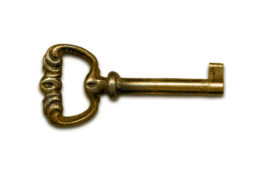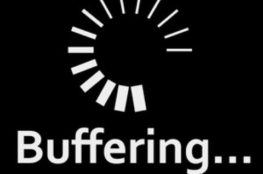Two stories of note about the ownership of domain names — one recent and one in the past — both, thankfully, with happy endings. Each illustrates the need to maintain some control over your domain name (i.e. your URL, such as brianwold.com).
A registered domain name is owned by the person (or persons) who register it, even if that name is obviously the same as your business or personal name. To find out who owns a domain name, try this search. There is a place for three or four names, but it’s often just one name listed. Those listed domain owners are the only ones authorized to make any changes to the domain. If you’re not listed, you can’t move the Web host, renew the domain, sell the domain or make any other domain changes.
Story One: Years back, I registered my domain through a cut-rate service where you bought Web hosting and they paid for the domain for the first year. In other words, they registered the domain on my behalf — which meant they owned the domain. Shortly afterwards, they went out of business — all Web sites (including mine) unavailable, no one answering the phones or e-mails. I quickly found a new host, but then discovered that I can’t switch the DNS, ’cause I’m not the “owner,” and the owner just got fired (presumably) and certainly isn’t responding.
I had to prove that the domain had been registered at my request, and also prove that the listed owner was unresponsive, but eventually I got the domain back under my control. It took about two weeks, though, during which my site was unavailable.
Story Two: A client of mine decided to stop using another Web designer. Problem is, the designer had registered the domain, so her name was on it — in other words, the designer owned the domain. Fortunately, she agreed to give the ownership away. (If she had not agreed, we’d be in court, or more likely waiting to be in court.) Problem is, she’s never done these things before. So she drags her feet, forgets about it and has to be reminded, then gets it repeatedly wrong, then charges a 300% markup for a renewal fee.
Finally the site ownership has been transferred, and the client can rest easier knowing his name is on the account, so he’s now authorized to control his own domain.


